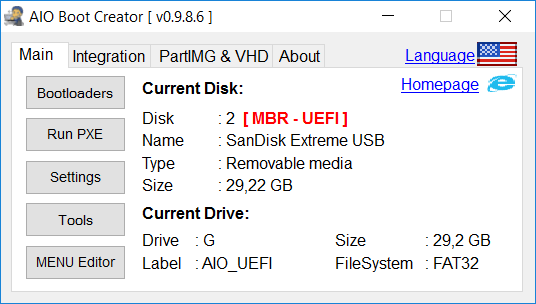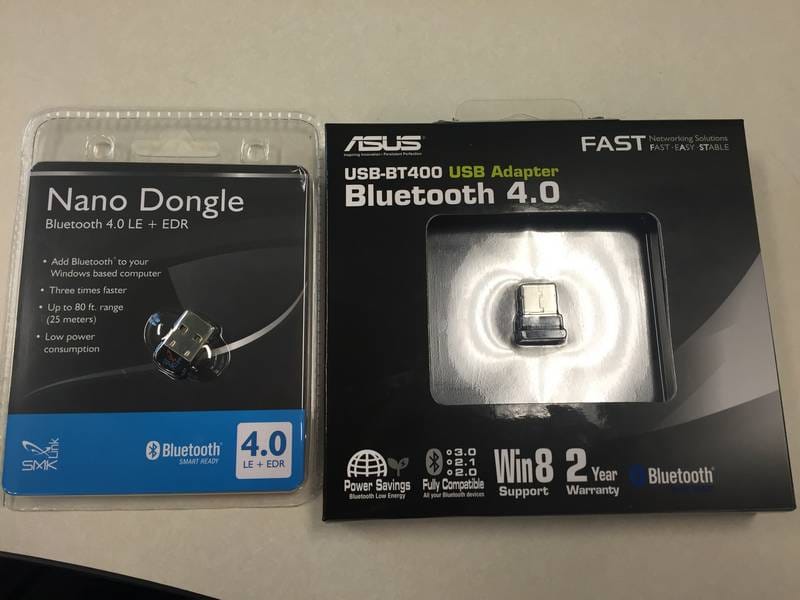Aug 12, 2016 Hello, I am trying to install OS X on my PC which currently runs Windows 7, and I have created a partition alongside Windows in which to install Mavericks on. I understand that to install OS X, it requires a GUID partitioned drive, however, I have applied the MBR patch so that it can be. Question: Q: Can a macbook boot from an MBR partition? I was thinking of setting up a spare hard drive of mine to dual boot windows 7 and snow leopard but the way I'm planning on doing it is to modify the snow leopard install disk to install onto a hard drive with a Master Boot Record.
If you no longer have a Recovery HD you can boot from, then you might try Recovery Partition Creator 3.7 – Updated for Mavericks | Musings to create a new one to use. Or if your Mini can use Internet Recovery - Computers that can be upgraded to use OS X Internet Recovery - then you can do this:
Install Mavericks, Lion/Mountain Lion Using Internet Recovery
Be sure you backup your files to an external drive or second internal drive because the following procedure will remove everything from the hard drive.
Boot to the Internet Recovery HD:
Restart the computer and after the chime press and hold down the COMMAND-OPTION- R keys until a globe appears on the screen. Wait patiently - 15-20 minutes - until the Recovery main menu appears.
Partition and Format the hard drive:
- Select Disk Utility from the main menu and click on the Continue button.
- After DU loads select your newly installed hard drive (this is the entry with the mfgr.'s ID and size) from the left side list. Click on the Partition tab in the DU main window.
- Under the Volume Scheme heading set the number of partitions from the drop down menu to one. Click on the Options button, set the partition scheme to GUID then click on the OK button. Set the format type to Mac OS Extended (Journaled.) Click on the Partition button and wait until the process has completed. Quit DU and return to the main menu.
Reinstall Lion/Mountain Lion. Mavericks: Select Reinstall Lion/Mountain Lion, Mavericks and click on the Install button. Be sure to select the correct drive to use if you have more than one.
Note: You will need an active Internet connection. I suggest using Ethernet if possible because it is three times faster than wireless.
This should restore the version of OS X originally pre-installed on the computer.
Sep 5, 2014 2:13 PM
| Click here to return to the 'Restore default bootloader without harming partitions' hint |
Here are some technical details to understand what this hint is talking about.
First, a bootloader was not restored. Mac OS X has no boot loader in the traditional sense. What you are referring to is the boot code in the Master Boot Record of disk.
The first sector of the GUID Partition Table (GPT) disk contains is a Master Boot Record (MBR). Traditionally, the MBR contained a bootloader that would start the system running. Mac OS X does not normally use this bootloader.
Mac OS X normally uses EFI. The EFI bootloader location is stored in various NVRAM variables that indicate what file to load in order to boot the computer. EFI is much more advanced than older boot systems in that it includes the ability to mount and read file systems.
However, the Macintosh also supports Boot Camp. In order to support Boot Camp the Macintosh will boot from the MBR as described above. The boot settings in NVRAM can be set so that the Macintosh will boot using the MBR instead of the normal EFI settings. This is what makes Boot Camp work. (This is an Mac extension that is not a part of EFI.)
The Ubuntu installer changed the bootloader in the MBR and also set the system NVRAM variable to boot from the MBR. This made it so that your main disk would not show up.
Resizing the partition causes Disk Utility to erase the MBR bootloader and return the system to using EFI.
I would have to guess that opening the Startup Disk Preference Pane would have allowed you to switch back to OS X, although the Ubuntu loader still would have been present. You would see that in the Startup Disk Preference Pane as a selection to boot into Windows. :-)
Just some fun technical knowledge to explain what is really happening.

Yep, also rEFIt is not a bootloader, but rather an EFI executable that allows more control over the default Mac EFI functions (and some other useful EFI tools).
Good explanation. This also goes to show why you in general need to be very careful with anything non-Apple that modifies partitions or boot loaders. The way Apple deals with the MBR is actually rather non-standard. Typically, the MBR is not used at all with EFI, a small amount of data being written there only to let non-EFI systems know that the drive is not blank. Apple actually does write a proper Master Boot Record for the purposes of allowing systems that do not support EFI (Windows XP, and all 32-bit versions of Windows Vista/7) to boot natively. So you have a system with both a Master Boot Record, as well as EFI boot info written to NVRAM. Windows and Linux based disk utilities don't expect this setup and results may be different than you would expect.
Thanks for the interesting information. I did indeed try to reset the startup disk from System Preferences, but it didn't work. Perhaps it was because I had booted from an external drive.
So is there someway to manually erase the MBR bootloader and/or return the system to using EFI through a command console of some sort before entering the OS or through the terminal using the OS X boot disc? I am having the same problem as the OP, but I cannot see the primary partition in the disk utility using the boot disc, and I can't use the trick the OP used.


Hello, being very new to this thread, I want to point out the big trouble I have . After installing BOOTCAMP on the 5 gb partition and running everything as described, I cannot boot the Mac or the WIndows . I presume it starting straight in Windows with a black screen and the message with DISK ERROR , PRESS ANY KEY TO RESTART comes up, the chime is there also. If pressing any key nothing happens . Tried a number of times to restart while holding OPTION KEY. Only them I got a light grey screen with a padlock and a box where I supposed to introduce a password . Tried that to insert my usual Mac admin password, is not working . I have inserted as well the original disk OS 10.5 to run the disk utility, it doesn't respond to C or any other command . I have tried T target mode, it doesn't take a target mode or maybe I am doing something wrong . Please help . Thanks guys .
I'm having the exact problem as you describe it, but when I go to disk utility, and select the volume, it only shows one disk partition, the one that I tried to boot windows on, and not my original partition, and I can't wiggle the little arrow thing like you described. The partition that shows up is only a fraction of my hard disk memory, but if, instead of 'current', I select multiple partitions, then my full memory shows up. How do I reboot back into Mac OS X??
I just was tinkering with Ubuntu 9.10, trying to install on a USB hard drive. It was successful, but could no longer boot OS X. I found this, but I couldn't change partitions in DiskUtil. Then I remembered that OS X is based off Unix/BSD. Looked up the manuals for fdisk. Used it from command terminal from OS X install DVD.
fdisk -u /dev/disk0
fdisk here is very similar to the DOS fdisk program, just designed for UNIX
the -u tells it to update MBR without modifying partitions
/dev/disk0 is the hard drive. yours may differ, but i doubt it
This fixed my problem.
Long story short, yes you can do it easily from command line, just boot your install DVD. In terminal, type the command listed above.
Hi Chris.
Same problem for me, same fix that worked perfectly well. I knew my data were not corrupted but only hidden but I was afraid to get the situation worse by doing some hazardous tries.
I was just about to install Refit (maybe it would have solved the problem as well...) when I found your post.
Thank you all people who take time to write down their experience for others.
Now, I am wondering how to get Ubuntu work on my external drive and MacBook...
Thanks again.
Benoit, France.
Thank you very much! This hint saved from reinstalling my MacBook.
I damaged my Bootloader while preparing a Hackint0sh-USB-Stick - this is still working with OS X 10.6.4
Thanks! I did the exact same thing and this hint saved my bacon. Kudos....
Hello,
Thanks a million !
This is the only post I found with information that did work and made me able to boot normally, instead of having the 'Waiting for root device' message, and seeing the 'EFI Boot' drive when pressing Option key on boot.
Patch Macos Boot For Mbr Laptop
Patch Macos Boot For Mbr Mac
None of the above worked.
My HDD is encrypted, would that be an issue?
I tried...
fdisk -u /dev/disk0
...no results.
I also tried...
fdisk -e /dev/disk0
flag 2 (for extended drive)
write
quit
reboot
....no results
Please help, I have a lot of sensitive data, for the most part is back up, but the most recent data isn't and is extremely sensitive.